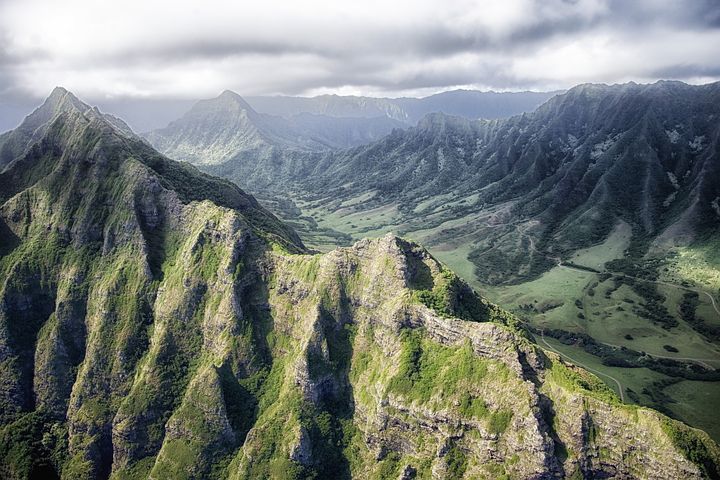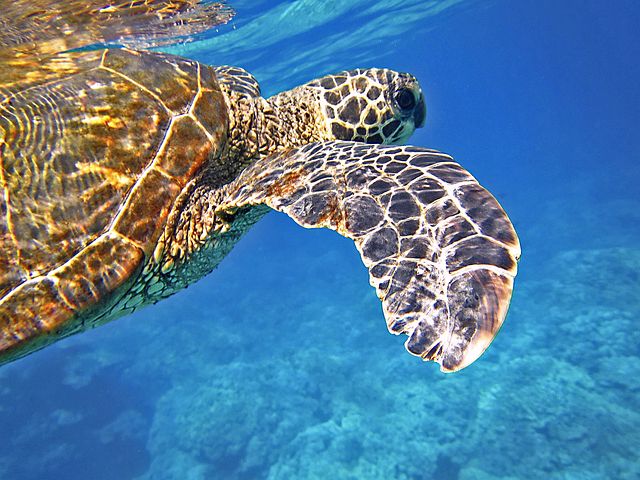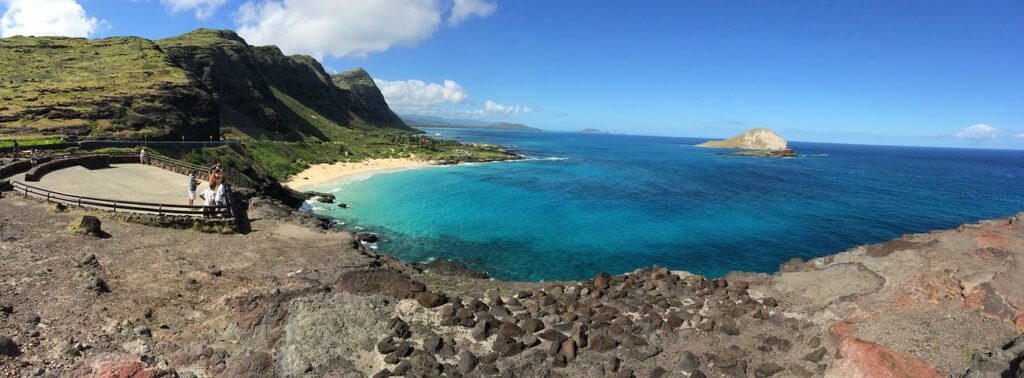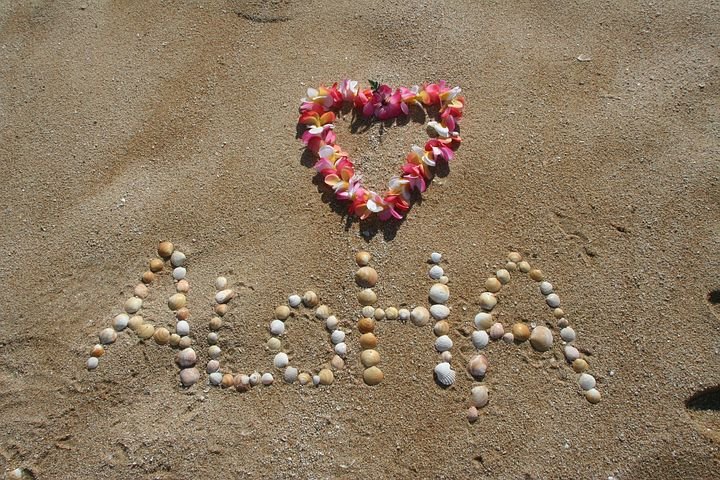Hawaii
Hawaii: The Tropical Paradise with a Rich Tapestry of Culture and Tradition
Hawaii, a state in the United States, is a tropical paradise located in the western part of the country. It’s situated approximately 2,000 miles from the U.S. mainland in the Pacific Ocean. Hawaii is unique in many ways – it’s the only U.S. state that is an archipelago, and the only one located outside North America, in the tropics. With a rich history, diverse culture, and unique geographical features, Hawaii offers a fascinating study of nature, culture, and history.
Geographical Overview

Hawaii comprises 137 volcanic islands that form almost the entire Hawaiian archipelago. These islands span 1,500 miles and are part of the Polynesian subregion of Oceania, both physically and ethnographically. The state’s ocean coastline is fourth-longest in the U.S., extending about 750 miles.
The main islands, from northwest to southeast, are Niʻihau, Kauaʻi, Oʻahu, Molokaʻi, Lānaʻi, Kahoʻolawe, Maui, and Hawaiʻi. The last of these, also known as the “Big Island” or “Hawaii Island,” lends its name to the state. The uninhabited Northwestern Hawaiian Islands constitute most of the Papahānaumokuākea Marine National Monument, the largest protected area in the U.S and the fourth-largest in the world.
Despite its extensive coastline and numerous islands, Hawaii is the eighth smallest U.S. state in terms of land area and the 11th least populous. However, with a population of 1.4 million, it ranks 13th in population density.

Cultural Diversity
Approximately two-thirds of Hawaii’s residents live on O’ahu, where the state’s capital, Honolulu, is located. The state boasts remarkable diversity, a result of its strategic location in the Pacific and over two centuries of migration.
Hawaii is one of only six majority-minority states in the U.S., with the only Asian American plurality, the largest Buddhist community, and the highest percentage of multiracial people. Consequently, it’s a melting pot of North American and East Asian cultures, in addition to its indigenous Hawaiian heritage.
Historical Background
The islands were settled by Polynesians between 1000 and 1200 CE. In 1778, British explorer James Cook became the first known non-Polynesian to arrive at the archipelago. The influx of European and American explorers, traders, and whalers led to a significant decline in the indigenous population due to diseases such as syphilis, tuberculosis, smallpox, and measles.
Hawaii became a unified, internationally recognized kingdom in 1810. However, it was overthrown by American and European businessmen in 1893, leading to its annexation by the U.S. in 1898. The attack on Hawaii by Japan on December 7, 1941, during World War II, significantly impacted its global and historical status. Hawaii is the most recent state to join the union, having done so on August 21, 1959.
Economy
Historically, Hawaii’s economy was dominated by plantations. However, since the mid-20th century, the economy has diversified, with tourism and military defense emerging as the two largest sectors. The state attracts tourists, surfers, and scientists with its diverse natural scenery, warm tropical climate, public beaches, oceanic surroundings, active volcanoes, and clear skies on the Big Island.

Etymology and Spelling
Hawaii derives its name from its largest island, Hawaiʻi. The Hawaiian word Hawai ʻi has similarities with the Proto-Polynesian Sawaiki, which means “homeland.” In 1978, Hawaiian was added as an official state language alongside English.
Topography and Geology
The Hawaiian archipelago is a result of volcanic activity initiated at an undersea magma source called the Hawaiʻi hotspot. The state’s tallest mountain, Mauna Kea, stands at 13,796 feet above mean sea level.
Flora and Fauna
Hawaii’s isolation has resulted in a unique and diverse range of flora and fauna. However, it also has a high number of endangered species and has lost a higher proportion of its endemic species than any other U.S. state.

Climate
Hawaii has a tropical climate, with temperatures and humidity moderated by near-constant trade winds from the east. The state experiences two seasons: a dry season from May to October and a wet season from October to April.
Environmental Challenges

Hawaii faces several environmental challenges, including damage from extensive military activity and changes in the land due to sugarcane plantations. These changes have significantly impacted the land and continue to affect resource availability for Native Hawaiians today.
Hawaii’s rich cultural, historical, and natural diversity make it a fascinating place to explore. From its unique geographical features, diverse ecosystems, rich history, and vibrant culture, the state offers a unique blend of experiences that attract tourists and researchers alike. As one delves deeper into the story of Hawaii, one cannot help but be captivated by the state’s unique charm and the enduring spirit of its people.
